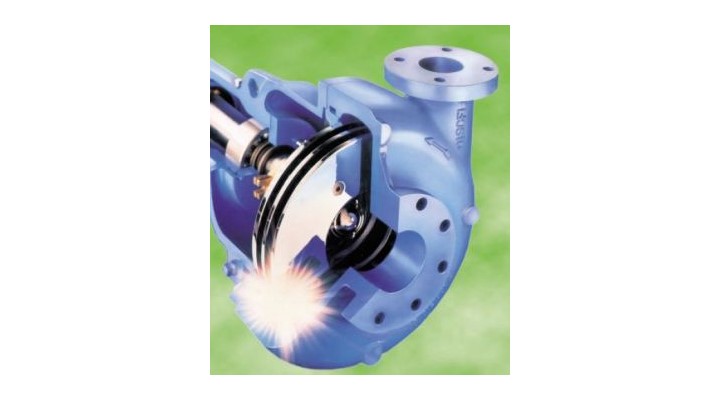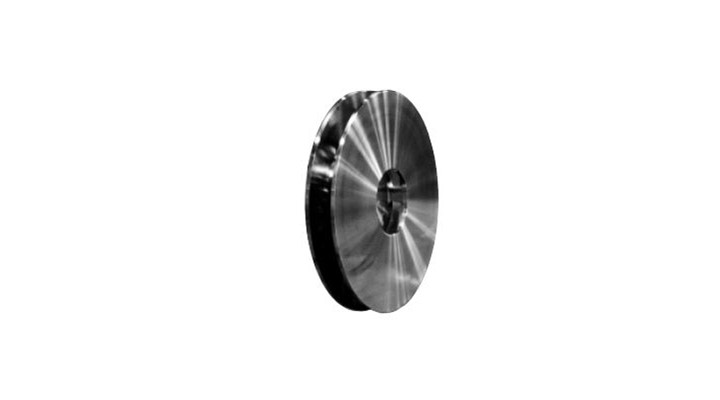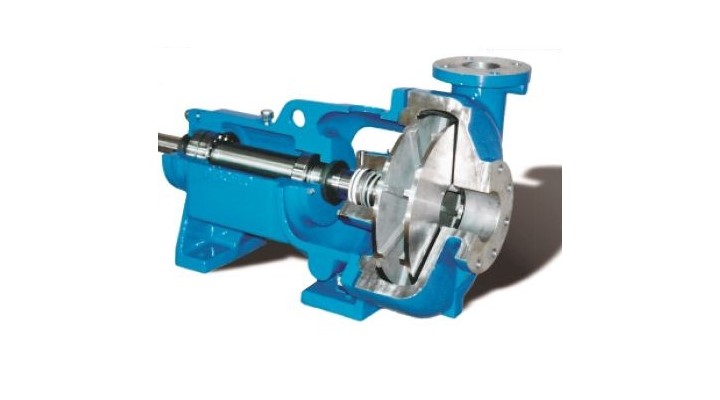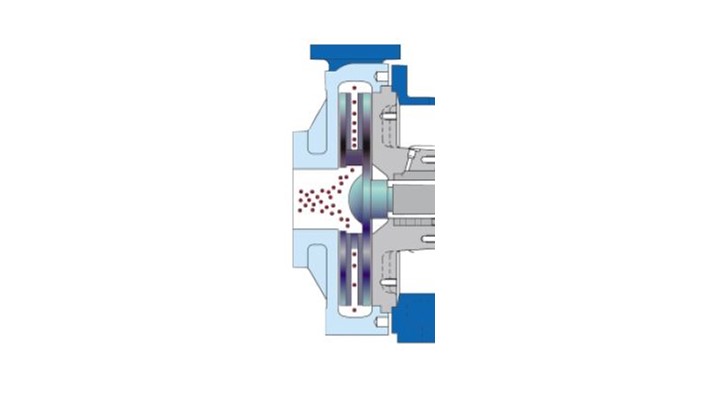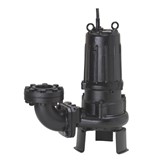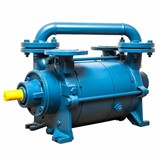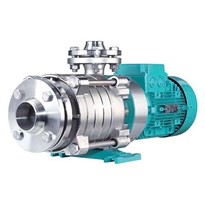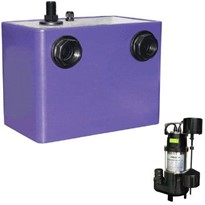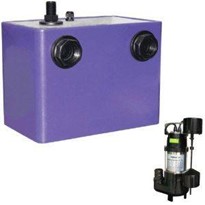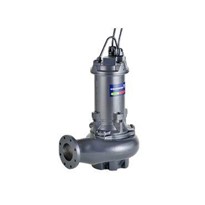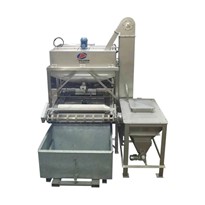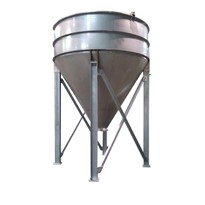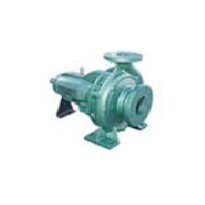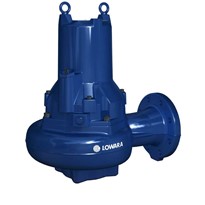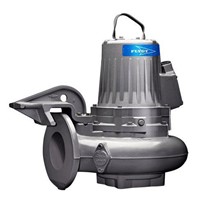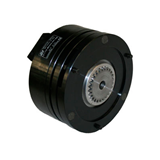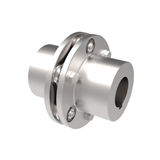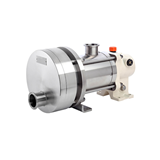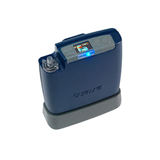Using a totally unique operating system that differs from other pump designs on the market, it allows you to achieve an unheard-of level of productivity, versatility and exceptionally low life cycle costs in all hard-to-pump municipal and industrial wastewater applications.
The disc pump has solved some of the toughest problems in these plants. It is able to pump all types of highly viscous, high solids and abrasive slurries, as well as fluids containing large and stringy solids, such as rags, tumbleweed, plastic strapping and anything dumped into the effluent or sewage system. Another benefit of the Discflo pumps is its ability to pump slurries containing high amounts of entrained air and gas, such as anaerobic sludge, without cavitating.
The disc pump’s superior performance is confirmed by users from both municipal and industrial water and wastewater treatment plants worldwide, all of whom have reaped significant benefits in reduced pump wear, longer pump life, lower maintenance and operating costs and zero downtime by switching to the Discflo technology.
The disc pump technology was developed in the late 1970s. The pumps are manufactured exclusively by Discflo Corporation, founded in 1982, at its international headquarters in southern California, USA.
The disc pump is a highly innovative pump. From the outside, it has the appearance of a centrifugal unit, but it performs the work not only of centrifugals, but also progressive cavity pumps, lobe and gear type pumps, and in some cases has replaced chopper pumps. The disc pump achieves flow rates from 2 to 10,000 GPM [2250 m3/h] and heads up to 1000 ft [300m].
Disc pumps use the principles of boundary layer and viscous drag. The application of these principles is new in the world of pumps but widely used in other areas of fluid engineering, such as causing friction loss through a piping system. Under laminar flow conditions, streams of liquid travel at different velocities through a pipe. Fluid in the layer closest to the pipe is stationary, forming a boundary layer between the pipe and the rest of the fluid. successive fluid layers flow faster towards the center of the pipe.
Similarly, when a fluid enters the disc pump, its molecules adhere to the surfaces of the Discpac, a series of parallel discs which are the heart of the disc pump. This creates a boundary layer. As the discs rotate, energy is transferred to successive layers of molecules in the fluid between the discs through viscous drag, generating velocity and pressure gradients across the width of the Discpac.
This combination of boundary layer and viscous drag causes a powerful dynamic force field that "pulls" the product through the pump in a smooth, pulsation-free flow.
The fluid being pumped moves parallel to the discs, and the boundary layer creates a molecular buffer between the disc surfaces and the fluid. Consequently there is no impingement of the fluid on the pump from other pump systems on the market, all of which use some kind of impingement device—such as a vane, impeller, lobe, hose or screw to "push" product through the pump.
By minimising contact between the pump and the material being pumped, wear on the disc pump components is greatly reduced, pump breakdown is almost unknown and, in the case of delicate and shear sensitive materials, damage to the product by the pumping system is virtually eliminated. The disc pump’s problem-solving ability in hard-to-pump applications is unparalleled.
- Pumps: highly abrasive, high solids, large or stringy solids and viscous slurries and sludge
- Delivers: laminar, pulsation- free flow and a low NPSH requirement
- Reduces: maintenance and downtime in hard-to-pump applications


